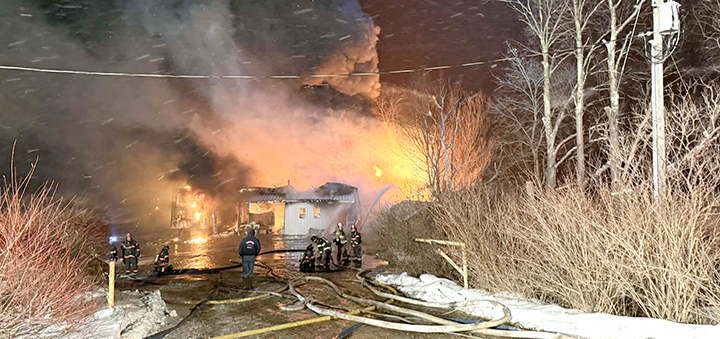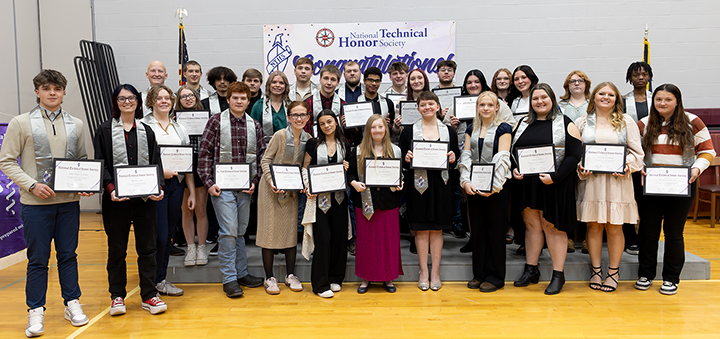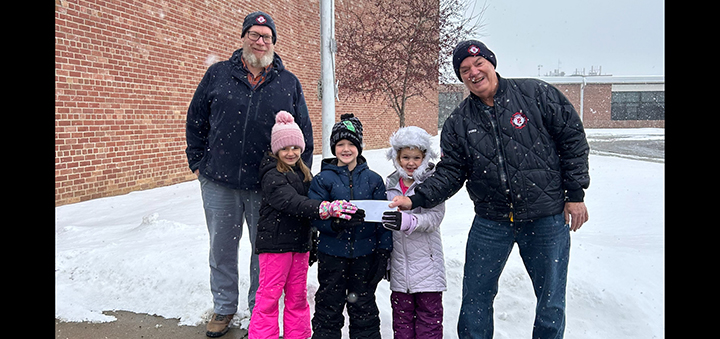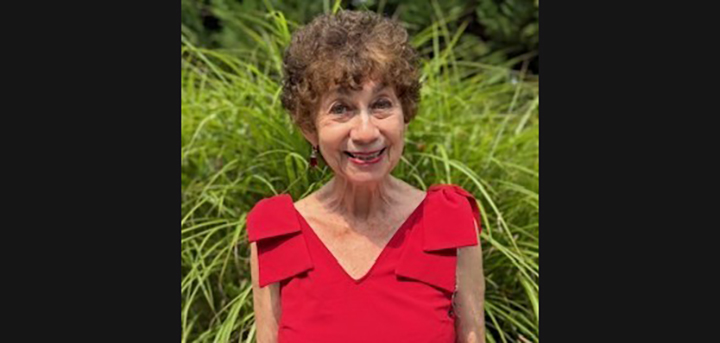Car museum to host Great Race lunch stop
NORWICH – The Northeast Classic Car Museum announced plans on Tuesday for the 2018 Hemmings Motor News Great Race, which will make a lunch stop at the car museum on Sunday, June 24.
Northeast Classic Car Museum Executive Director Robert Jeffrey introduced four Great Race participants at the event – both past participants and present – who answered questions about the renowned antique car rally.
Jeffrey said, “The Northeast Classic Car Museum is honored and excited to be hosting a lunch stop for the 2018 Hemmings Motor News Great Race.” The last time the Great Race ventured through Norwich was in 2000, when the race made a 15-minute pit-stop in the city, according to Jeffrey.
Jeffrey said participants in the Great Race and its surrounding entourage will roll into Norwich around 12:15 on June 24, and will remain for one hour before once again hitting the road. Before the racers arrive, a ceremony will commence at the museum at noon. The public is invited to attend and see the antique cars in the race, most of which were built before World War II.







Comments